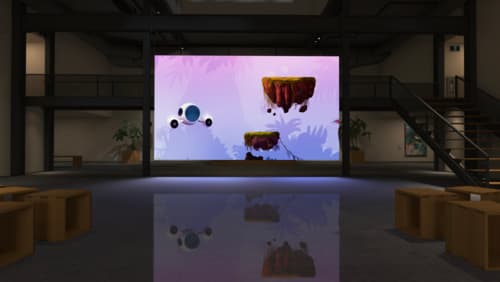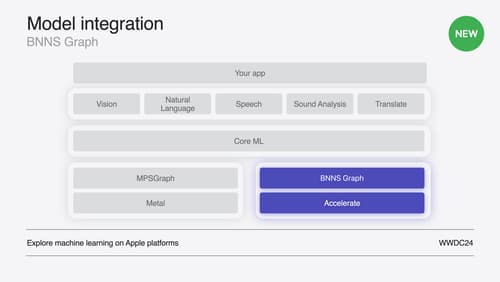How do I make Final Cut Pro plugins?
Asked on 2024-07-31
1 search
To create Final Cut Pro plugins, you would typically use the FxPlug SDK provided by Apple. This SDK allows developers to create custom effects, transitions, generators, and titles for Final Cut Pro. Here are the general steps you would follow:
-
Set Up Your Development Environment: Ensure you have Xcode installed and set up on your Mac. You will also need the FxPlug SDK, which can be downloaded from the Apple Developer website.
-
Create a New FxPlug Project: In Xcode, create a new project using the FxPlug template. This template provides the basic structure and files needed to start developing your plugin.
-
Develop Your Plugin:
- Effect Plugins: Implement custom video effects by subclassing
FxFilterand overriding the necessary methods to apply your effect to video frames. - Transition Plugins: Create custom transitions by subclassing
FxTransitionand defining how the transition should animate between two video clips. - Generator Plugins: Develop custom video generators by subclassing
FxGeneratorto create video content from scratch. - Title Plugins: Implement custom titles by subclassing
FxTitleand providing the necessary UI for users to customize the title.
- Effect Plugins: Implement custom video effects by subclassing
-
Build and Test Your Plugin: Use Xcode to build your plugin and test it within Final Cut Pro. Ensure that your plugin performs well and does not introduce any performance issues.
-
Package and Distribute Your Plugin: Once your plugin is complete and tested, package it for distribution. You can distribute your plugin through various channels, such as the Mac App Store or directly from your website.
For more detailed information and specific code examples, you can refer to the FxPlug SDK documentation provided by Apple.
If you are interested in related topics, you might find the following WWDC sessions useful:
These sessions cover various aspects of media processing and might provide additional insights that could be useful when developing plugins for Final Cut Pro.

Bring your machine learning and AI models to Apple silicon
Learn how to optimize your machine learning and AI models to leverage the power of Apple silicon. Review model conversion workflows to prepare your models for on-device deployment. Understand model compression techniques that are compatible with Apple silicon, and at what stages in your model deployment workflow you can apply them. We’ll also explore the tradeoffs between storage size, latency, power usage and accuracy.

Enhance the immersion of media viewing in custom environments
Extend your media viewing experience using Reality Composer Pro components like Docking Region, Reverb, and Virtual Environment Probe. Find out how to further enhance immersion using Reflections, Tint Surroundings Effect, SharePlay, and the Immersive Environment Picker.

Support real-time ML inference on the CPU
Discover how you can use BNNSGraph to accelerate the execution of your machine learning model on the CPU. We will show you how to use BNNSGraph to compile and execute a machine learning model on the CPU and share how it provides real-time guarantees such as no runtime memory allocation and single-threaded running for audio or signal processing models.
